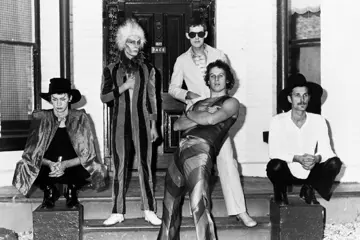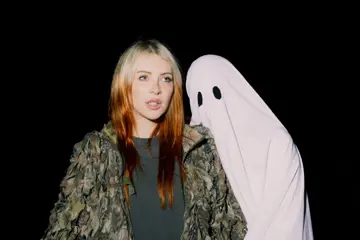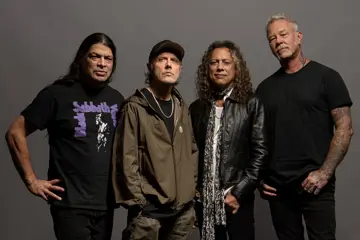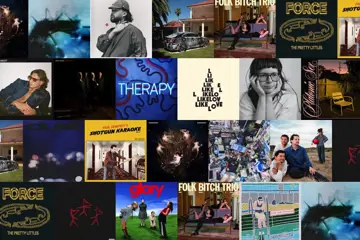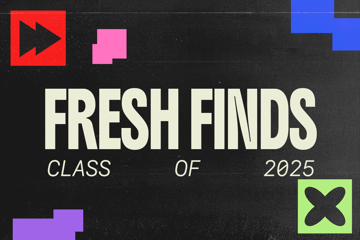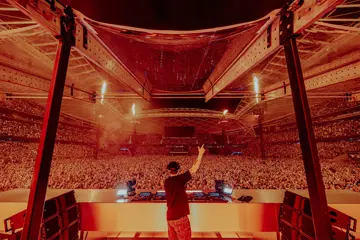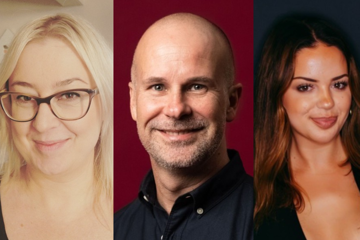Roger Ballen is one of today's most significant - and confounding - photographers. The New Yorker, based in South Africa, is renowned for surreal black and white images that explore the human psyche. Now Ballen is in Australia for his first key Sydney show at the Sydney College Of The Arts. The quasi-retrospective Roger Ballen's Theatre Of The Mind entails a unique new installation, Theatre Of Darkness, in the "medieval dungeon"-like cells of the former psychiatric Rozelle Hospital.
"I'm the last generation to grow up in a black and white world. I like the fact that it's pure, it's simple, it's reduced."
Ballen, 65, has led a serpentine career. He studied psychology, then geology - entering the mining industry because he enjoyed "nature". "And," Ballen says, "I liked the idea of finding treasure." He headed to South Africa in the '70s. However, Ballen was always "obsessed with photography", his mother involved with an important agency and, later, a gallery. Initially into documentary photography, Ballen depicted life in South Africa's fringe townships for his inaugural book, 1986's Dorps: Small Towns Of South Africa. Susan Sontag subsequently praised him.
Ballen has used the same Rolleiflex SL66 camera for over 30 years - with black and white film. "I'm the last generation to grow up in a black and white world. I like the fact that it's pure, it's simple, it's reduced. People don't take the pictures as a reflection of reality — it's a reality in itself... It is what it is and it's a reduction and an abstraction of so-called reality — and that's all it pretends to be." Yet Ballen isn't traditionalist. His practice has become interactive, and hybridised, Ballen incorporating other mediums, notably drawing. His strangest project was a collab with Die Antwoord, culminating in the video I Fink U Freeky — it brought him a new young audience via YouTube. Ballen has continued to shoot short films. "I'm able to develop a parallel art form."
Ballen is settled in Johannesburg — he has a family there. "I've always said that one of the reasons I was able to create a unique aesthetic in photography was that I worked in isolation, in a way." South Africa has undergone monumental changes in the intervening years, apartheid dismantled from 1989. But Ballen's images are about interiority — and universality. While he has captured existence on the margins, Ballen offers no obvious postcolonial narrative, even figuratively. "I'm not trying to necessarily make a contemporary comment on politics," he says. "I think I'm always just more focused on the human condition in some way or another. Perhaps the cycle from idealism to reality might have had some influence on the work, but I don't really think so... I think my work is a very complex way of expressing deeper levels of the human interior, and deeper levels of mine, and mine sometimes have contradictory and complementary aspects to them — and many of them are totally unverbalised."
Don't miss a beat with our FREE daily newsletter
Nor is the instinctive Ballen "trying to make conceptual statements". He's wary of postmodernism's hyper-theoretical approaches diminishing the impact of art. "I don't think about what I'm gonna do - I never think about the meaning of the work. Good work is a life in itself and expresses itself through its own identity. I think every aspect of life on the planet, if it's living, has something inexplicable about it. Good art should follow that line."



